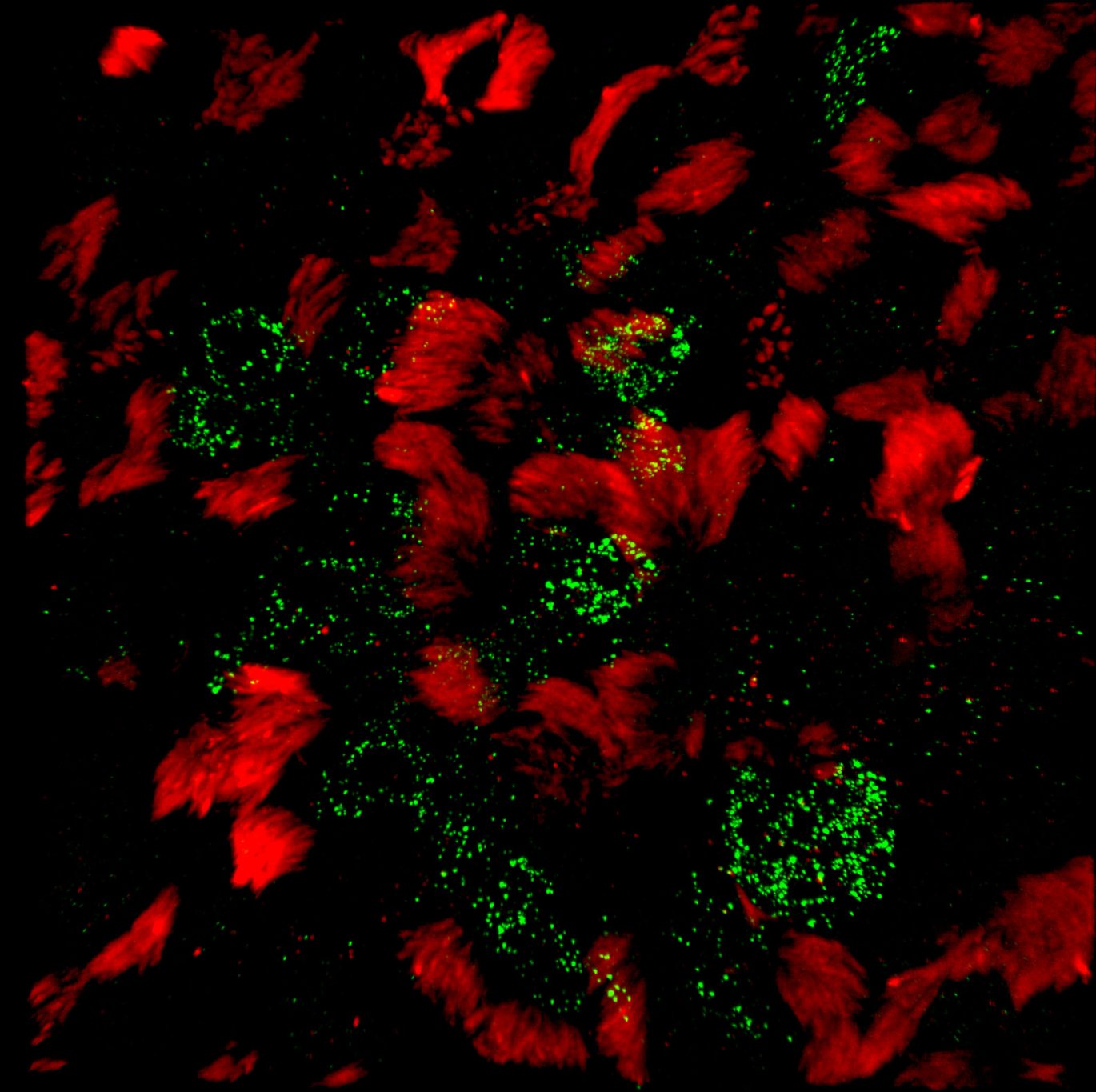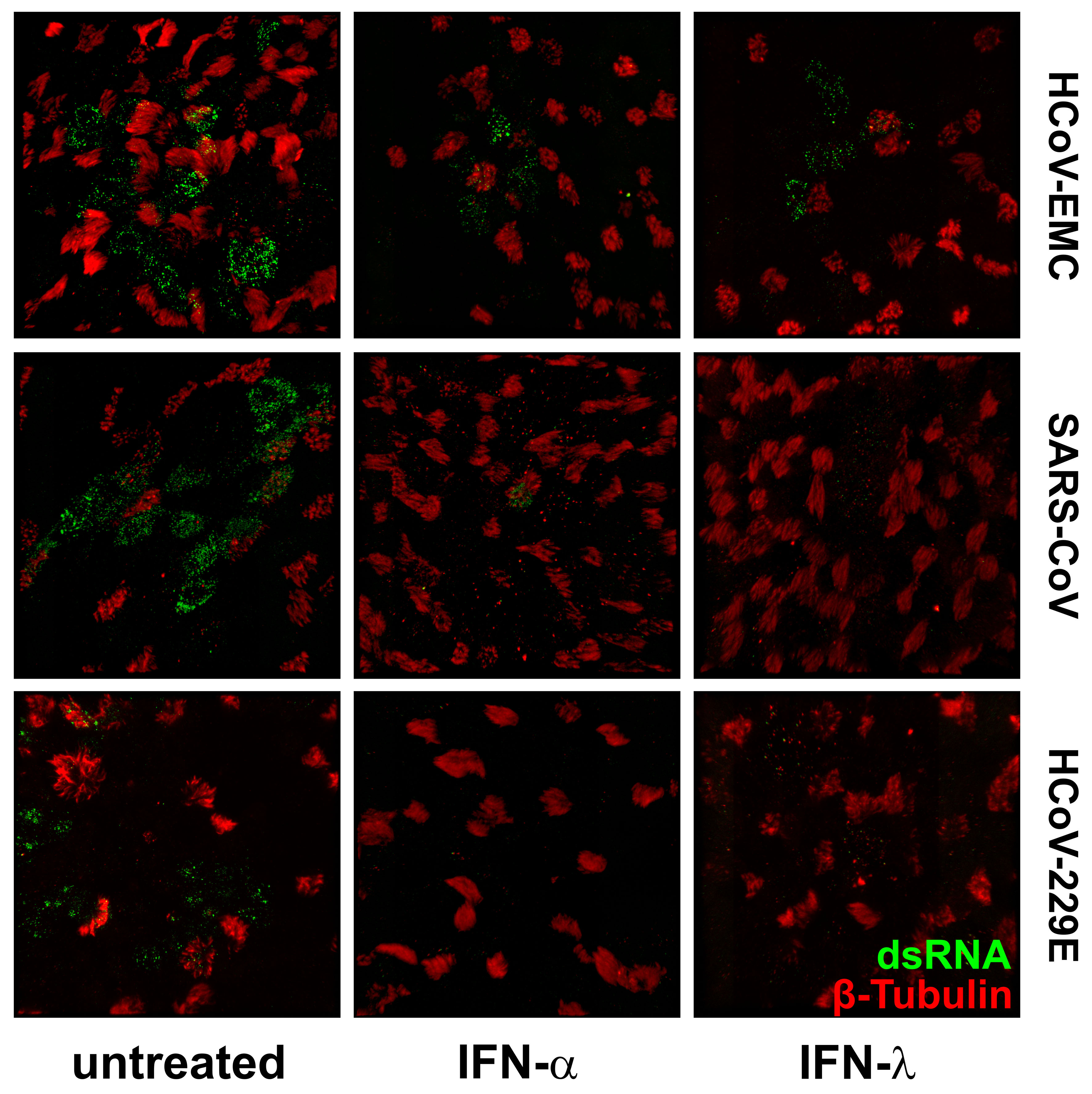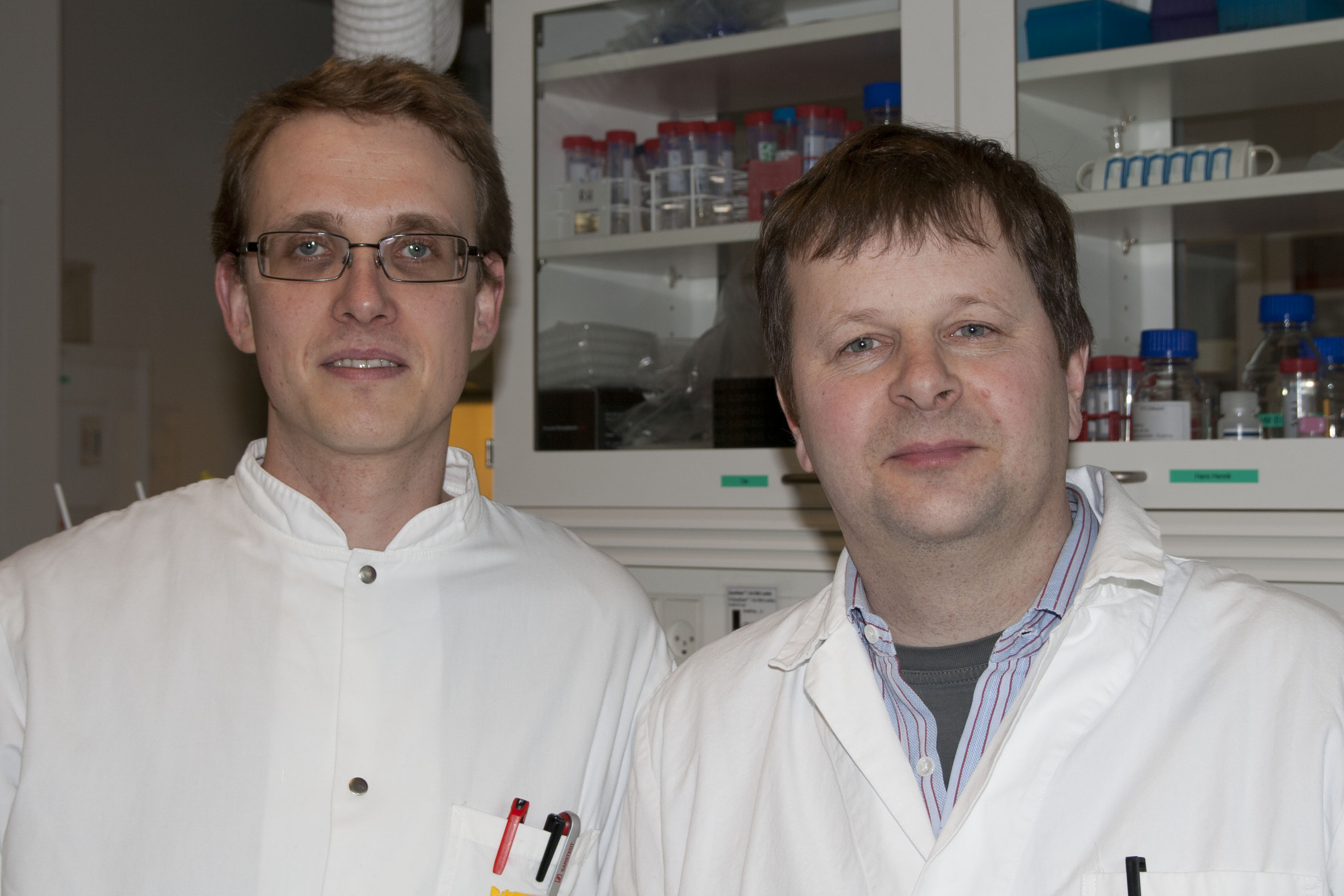New SARS virus puts scientists on alert
A new SARS-like virus has been found in the Middle East, and an international team of researchers involving Danish scientists has found that the new virus grows just as fast as a cold virus, but that the disease is more severe. The disease could potentially be cured with a treatment that stimulates the immune system.



A new SARS-like virus has emerged in the Middle East, a number of people have died, and many are hospitalised with serious respiratory infections. It is a novel coronavirus, which is similar to a conventional influenza virus, but is much more serious. The key question now is whether the virus will spread to the whole world, just as we saw in 2003, when about 8,000 people became ill and 800 died.
At that time, the virus originally came from an animal, and it was then transferred to humans. The same seems to be the case this time because everything indicates that the virus originates from a bat.
Fast-growing virus
The new SARS-like virus is a novel coronavirus called hCoV-EMC (human coronavirus-Erasmus Medical Center). It is related to the SARS coronavirus, but patients develop kidney failure and severe pneumonia in addition to the common symptoms of viral infections. Among the nine confirmed cases, the mortality rate is around 50%, in contrast to the first SARS virus where the mortality rate was around 10%.
So far there have been so few clinical cases of the new type of virus that it is difficult to assess the risk of one person transmitting the disease to another. Danish researchers therefore joined forces with an international team to try to find an answer to this question.
The researchers used a newly developed laboratory system where artificial lung tissue is infected with the virus, and they subsequently measured how rapidly the virus grows. Their results showed that human cells are susceptible to the hCoV-EMC virus, and are easily infected. The hCoV-EMC virus spreads as rapidly in the laboratory system as a common cold infection.
The disease can be treated with interferons
The aim of this research was also to find treatment options in case the disease develops into an epidemic. The good news is that the virus can be treated with interferons, which are proteins that stimulate the immune system. Interferons are normally released from host cells in response to an infection. This treatment has also proved to be beneficial in connection with other viral diseases.
So even though the rate of transmission among humans is still unknown, and the virus has so far been limited to the Middle East, health authorities around the world are taking no chances and are keeping a watchful eye on how the disease spreads. Unfortunately, respiratory viruses are known to mutate and adapt, and can thereby easily spread to humans. This means that they develop into epidemics, as we saw with the first SARS virus.
Nature News - background information about the new SARS-like virus.
Facts about SARS = Severe Acute Respiratory Syndrome
Link to the scientific article in mBio: Efficient Replication of the Novel Human Betacoronavirus EMC on Primary Human Epithelium Highlights Its Zoonotic Potential publiceret.
Further information
Assosciate Professor Rune Hartmann
Department of Molecular Biology
Aarhus University, Denmark
rh@mb.au.dk – +45 2899 2578
